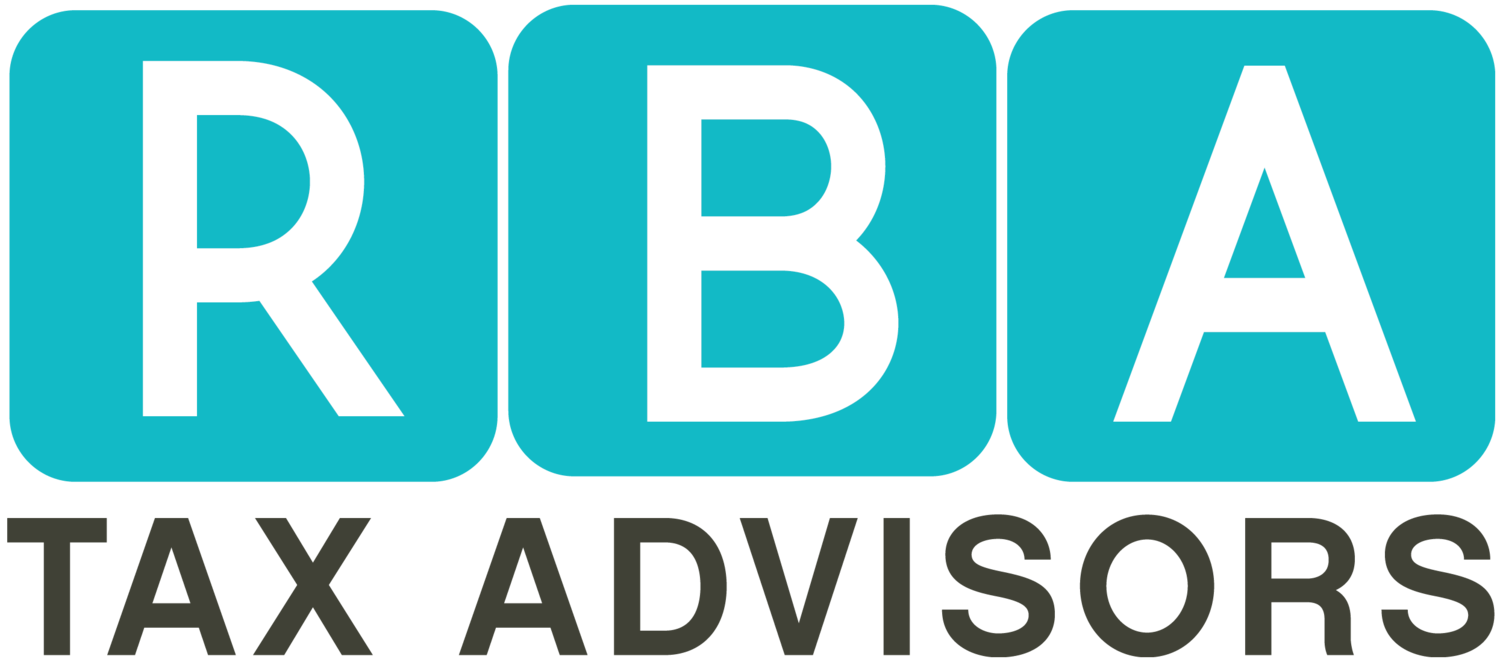There are several ways that young families that own businesses can benefit from the tax law, increase their tax deductions, and also have more cash in their family bank account. The great news is, you can get this done tax-free. In this article, I will share with you some ways you can have your child work in your business while building a large cash account for their college education or other family expenses.
The first thing you can do is hire your underage child to complete routine tasks for your business. This can range from administrative tasks, social media, a model for business pictures, and the list go on. You can be creative on how you use your child in your business. There are a few rules you will need to meet; which includes (1) to ensure that it’s an actual business task that the child is working on, (2) document the task, and (3) have documentation to support the amount paid to the child. For example, you have a family business, where a part of your marketing is to have pictures of your family on your website. You can pay your children to be models for your business pictures. You will need to determine the rate at which a model gets paid and also document hours worked, and the purpose of the task. This will then be written off as a marketing expense for your business. Then the money goes to your child’s bank account.
Sound too good to be true?
The basic mechanics of this are (a) you deduct the wages and (b) your child pays zero or very little in income taxes. The three points below elaborate on this:
1. The child pays zero taxes on earnings up to the $12,400 (2020 UPDATE) standard deduction amount. This reduces your taxes since this is a business write-off and your child pays no taxes.
2. The child can use the traditional IRA to avoid taxes on $6,000 (2020 UPDATE), for a total of $18,900 on which he or she can avoid taxes. You can pay this amount and reduce your taxes.
3. If you want to pay more, your child can use the 10% tax bracket, the standard deduction, and the traditional IRA so as to pay low taxes on earnings up to $29,000, while you reap the tax benefits of paying your child this much larger amount.
To get this right, you need to file a W-2 or 1099-MISC for your child, a tax return for your child, keep a time sheet, and create evidence for a reasonable wage. And you will be happy to know that the IRS has approved employing children as young as seven years old. This also works a bit different for LLC and Corporations but all business entities can take advantage of this strategy.
With this high cost of college education, business owners with children should seek ways that they can proactively implement this strategy. Your child can benefit from developing a good work ethic, build curiosity for business and entrepreneurship, and have cash to add to their college savings plan.
If you decided to go with traditional IRA for your child, this can be used to pay for your child college education. The IRA funds can, in turn, be used to help pay your child’s college expenses. When your child withdraws money from an IRA, tax law imposes taxes on the withdrawals, but no 10 percent penalty applies when the money is used to pay for qualified higher education expenses. Your child may be subject to Kiddie Tax of IRA withdrawal of more than $2100 so your children need your help to avoid the dreaded kiddie tax.
Most minor children do not earn enough to need the tax deduction that the traditional IRA offers. This makes the Roth IRA a great vehicle for the working child’s college planning because; the withdrawals of contributions are free of both penalties and taxes when used for qualified higher education. If you have children who fit this profile, make sure your children start making their Roth IRA contributions at a young age and earn a good rate of return on the investments. The Roth IRA habitually proves superior for the child’s college funding when compared with the traditional IRA.
Another point of consideration is that the IRA and other retirement assets of both the parents and the children are not counted as assets available for education on the FAFSA or CSS profile applications for financial aid.
Please speak with your tax advisor to help you legally implement this strategy.


